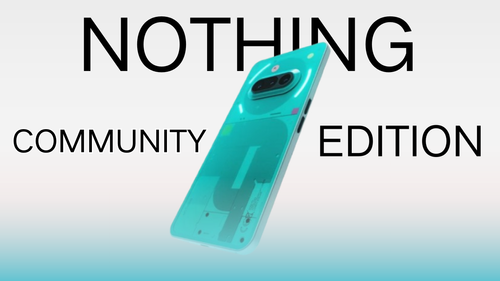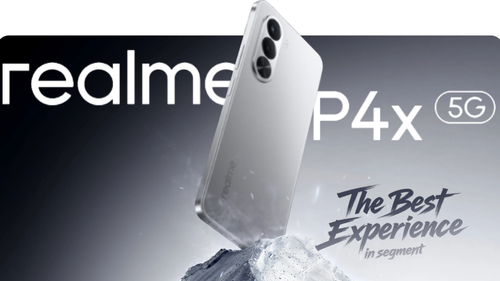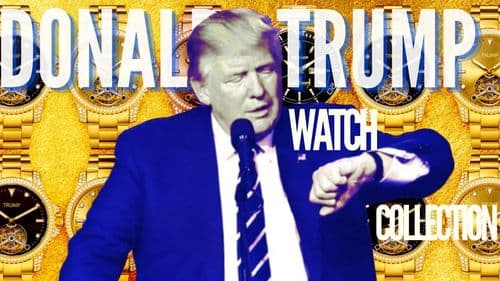Ad

Augmented and Virtual Reality: A Window into the Future
4,851 views
Follow Us:
4,851 views

Augmented Reality (AR) is a technology that overlays virtual objects on top of the real world. This technology uses a device, such as a smartphone or tablet, to project digital images onto the physical world. AR enhances the real world by adding a layer of computer-generated content that can be interacted with in real-time.

Virtual Reality (VR), on the other hand, is a technology that immerses users in a completely virtual world. VR uses a headset or a set of goggles to create an immersive experience that simulates a real-world environment. Users can interact with this environment, often using a controller or a set of hand gestures.
The History of AR and VR
AR and VR have a long and storied history that dates back to the mid-20th century. The first known VR device was created in the 1950s, and it was a headset that used stereoscopic displays to simulate a 3D environment. This device was created by a cinematographer named Morton Heilig, who called it the "Sensorama."

In the 1960s, Ivan Sutherland, a computer scientist, developed a device called the "Sword of Damocles." This device was one of the first true VR headsets and was connected to a computer that generated simple 3D graphics.
The 1990s saw the emergence of consumer VR devices, such as the Virtual Boy from Nintendo. This device, which was released in 1995, used red LED lights to create a 3D effect. However, it was ultimately a commercial failure due to its limited functionality and the fact that it caused headaches and eye strain.

The first known AR device was created in 1968 by Ivan Sutherland and his student, Bob Sproull. This device, called "The Ultimate Display," used a head-mounted display to project 3D images onto the physical world. However, it was not until the 1990s that AR became a practical technology.
Advantages of AR and VR
AR and VR have numerous advantages that make them valuable technologies for a wide range of applications. One of the most significant advantages of AR and VR is that they can be used to create immersive learning experiences. For example, medical students can use VR to practise surgical procedures in a safe, controlled environment. Similarly, AR can be used to create interactive educational materials that enhance the learning experience.
AR and VR can also be used to create engaging marketing and advertising materials. AR can be used to create interactive product demonstrations, while VR can be used to create immersive brand experiences. These technologies are also useful for creating virtual showrooms, which allow customers to experience products in a virtual environment.
Another advantage of AR and VR is that they can be used to create realistic simulations. For example, architects can use VR to create 3D models of buildings, while engineers can use AR to visualise complex machinery. Similarly, VR can be used to simulate dangerous or inaccessible environments, such as deep-sea diving or space exploration.
Disadvantages of AR and VR
Despite their numerous advantages, AR and VR also have some disadvantages that must be considered. One of the most significant disadvantages of AR and VR is that they can be expensive to develop and implement. Creating high-quality AR and VR experiences requires specialised hardware and software, as well as skilled developers and designers.
Another disadvantage of AR and VR is that they can be physically uncomfortable for users. VR headsets can be heavy and cumbersome, and they can cause motion sickness.
In conclusion, AR and VR are two rapidly growing technologies with incredible potential in various industries such as education, marketing, and entertainment. Despite the high cost of development and implementation, AR and VR offer numerous advantages, including creating realistic simulations and immersive learning experiences. However, it is important to keep in mind that these technologies also have some disadvantages, such as causing physical discomfort for users. As these technologies continue to evolve, we can expect to see even more exciting use cases emerge, and it is exciting to think about what the future holds for AR and VR.
Latest News





Reviews & Guides
View All

Nothing Phone 3a Community Edition First Impressions: A Fresh Take on Budget Smartphones

Realme P4x 5G Review: Budget-Friendly Beast with Epic Battery Life

Sony BRAVIA 7 Mini LED K-65XR70 vs. Haier Mini LED H65M95EUX

Samsung QN90F (65QN90FAU) Review: The King of Bright-Room Viewing

Why doesn’t Apple reveal the iPhone battery in advertisements?

Top 10 camera lenses you should Own in 2025

Donald Trump Watch Collection: Timeless Luxury on the Wrist

Best Smartphones Under 30,000 in 2025







